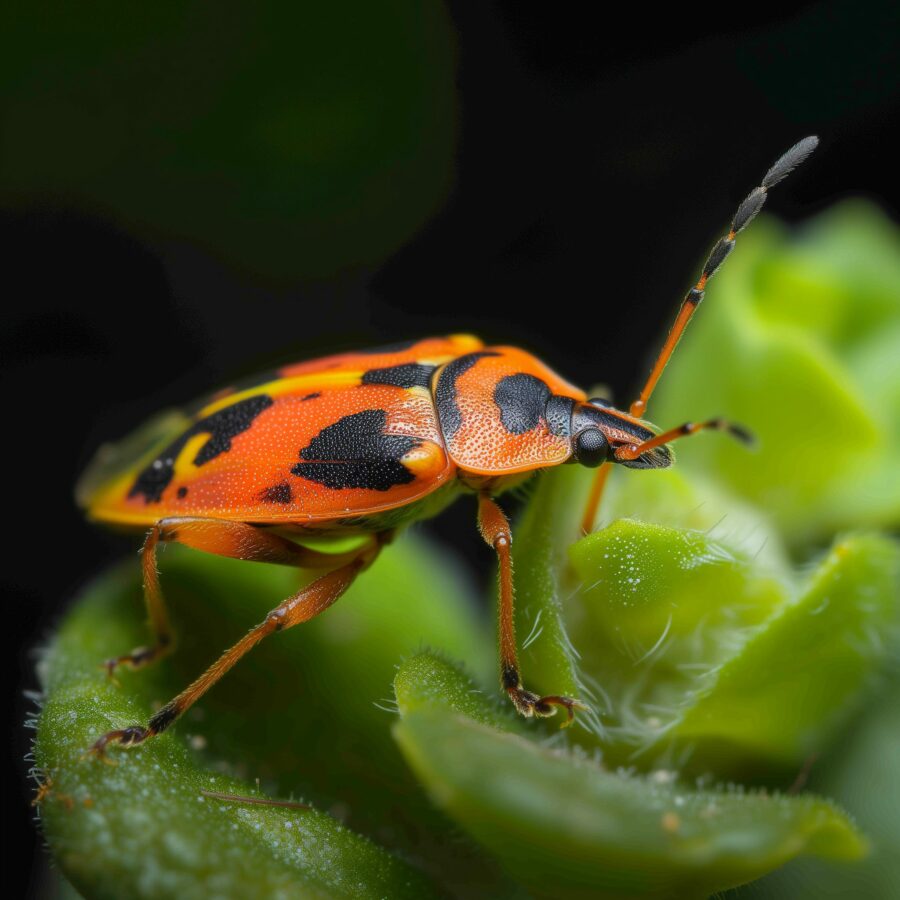The Mighty Pincher Bug: A Closer Look into their Fascinating World”
Meet the fascinating creatures known as Pincher Bugs, or by their other name, earwigs. They may not be everyone’s favorite critter, mainly because they’re seen as a nuisance. But once you understand their world, you’ll find them to be intriguing, and well, not all that bad.
The Intriguing Lifestyle of Pincher Bugs

It would be downright unfair not to talk about the lifestyle of these unique creatures. Contrary to popular belief, Pincher Bugs aren’t known to transmit diseases to humans or other animals. Their only crime? Being pests and irritating people, especially gardeners.
A day in the life of a Pincher Bug revolves around hiding in the day and becoming active at night. These nocturnal critters love dark, damp hideouts including underneath boards, rocks, or even the cozy confines of your carpets or couch cushions. But why should they choose such living conditions, you might ask? Let’s consider this in the next section.
The Unseen Aspects of Pincher Bug Existence

Throughout their one-year lifespan, Pincher Bugs face little danger from other insects or reptiles – no known species feed on them. It’s us humans, errant accidents, or possibly extreme cold weather conditions that pose threats to these bugs.
You may not like hearing this, but females of this species lay up to two batches of around 300 eggs each year. That sure sounds like an infestation waiting to happen, doesn’t it? And yes, during hot, dry seasons, they might even attempt to make your home their hideout. But don’t worry, we have solutions for this too.
Getting Rid of Pincher Bugs

When it comes to dealing with Pincher Bugs, different situations call for different solutions. In the house, it’s pretty easy – call an exterminator, use natural insecticides or a vacuum cleaner. However, a few adaptations are needed for your garden.
Effective Garden Fixes

- Use vegetable oil: Grab a plastic container and fill its base with vegetable oil, which attracts Pincher Bugs. The bugs fall into the oil and are unable to escape.
- Use soda or beer traps: Another method involves digging a hole and placing a can of sweet soda or beer (two-thirds full) in it. The sugary or yeasty smell attracts the bugs, they fall in and drown.
Following these simple yet effective strategies can save your garden from a Pincher Bug infestation, allowing you peace of mind and a flourishing garden.
Want to know more about fascinating and occasionally irritating critters? Check these articles out: